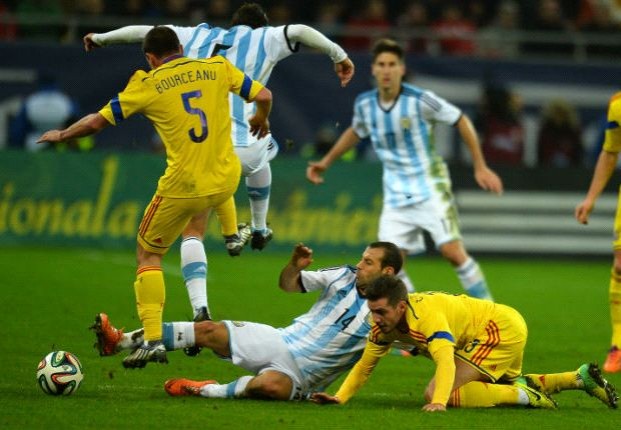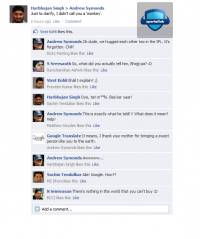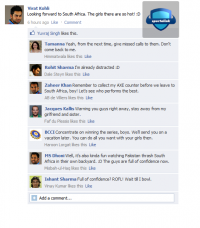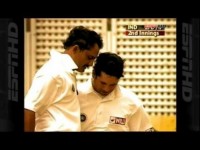World Cup Preparatory Games: Tactical Necessity or Injury Risk?

With the World Cup almost upon us, the coaches of the teams selected to compete for the biggest prize in football will be doing everything in their power to get their squads into a winning mentality. This involves training sessions, tactical meets, and, most importantly, the preparatory friendlies.
The pre-World Cup friendlies have become something of a tradition in themselves. Every team participates in this ritual, competing with two or three other teams to see whether the long hours spent on the training field and the tactics room have actually produced tangible results. On the surface, it seems an absolute requirement, because without seeing them in action in an actual match environment, no coach can accurately judge whether his players are capable of carrying out his plans. But are they really the right way to go?
For example, take a look at the European teams from the big league countries. Selecting the most probable starting XI based on form during the season, we find that each of the teams have played over 32000 minutes of football combined. With that kind of schedule, there is a high chance of a strain or niggle escalating into a full blown injury. The hectic nature of English football, for example, was evident during the course of the season when promising star Theo Walcott suffered a ligament tear and was ruled out of the World Cup as a result.
And not just England, other countries like Spain, Italy and Germany also have similar figures, with Italy being the worst in terms of playing time. And this is even before we factor in the unfamiliar weather conditions and the greater amount of rest the South American and African teams were able to get. Even a team like Brazil, boasting several stars playing for major European clubs, has played 5000 lesser minutes of football than the Europeans.
With several big names already injured and out of the world cup – Radamel Falcao among them – or struggling to be fit in time – Luis Suarez and Angel Di Maria among others – the scheduling of so many friendly games so soon after the completion of the domestic season risks injuring more key players and destroying a country’s world cup campaign before it even begins.
But on the flip side, by not scheduling any friendly games before such a major tournament, the team runs the risk of being inferior tactically and imploding in the tournament itself. The presence of big names in the team is not a guarantee of silverware, as can be attested to by the England team of the 90’s and 2000’s. The team needs to work together effectively as a unit, especially since some major players often play for rival clubs domestically. To get the disparate elements to work together as a team and spot any problems, the intensity of a proper match is required, practice games are simply not good enough to point out any tactical or performance flaws. It gives the chance to the manager to discover and address any issues.
With opinion deeply divided on the subject, what is the ideal solution? The current system definitely needs some adjustment, to ensure that the players do not burn out due to exhaustion. But the friendlies are also a necessity. Hence the ideal solution is probably something that involves planning from the football associations themselves.
The World Cup is planned well in advance, and by adjusting the domestic schedule in a World Cup year so that the season ends a week or two earlier than normal, the associations can provide the opportunity for a player to rest before he heads off to the training camps. Also, by reducing the number of friendlies from three to two, there is lesser risk to the players. These are of course not perfect solutions to the problem, and will require a considerable amount of planning to implement, but the long term benefits to player health and fitness may make it worthwhile. Fans will still remember the elbow fracture suffered by the in-form Didier Drogba just a week before the 2010 World Cup in a friendly against Japan. Even though he managed to play in the group stages, he was nowhere near his peak and his country was eliminated without his goalscoring threat. Likewise, the recent broken leg suffered by AC Milan Captain Riccardo Montolivo in a friendly against Ireland proves that preparatory games always carry an element of risk. After all, no one wants to lose their star player to an injury on the eve of the premier World footballing event. But until FIFA or the individual governing bodies of each country implement a change, fans will just have to keep praying for their heroes’ fitness before every game.












0 Comments/Replies